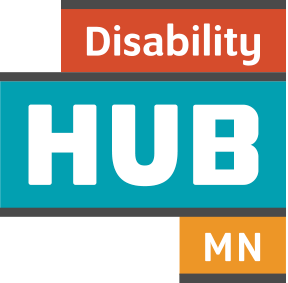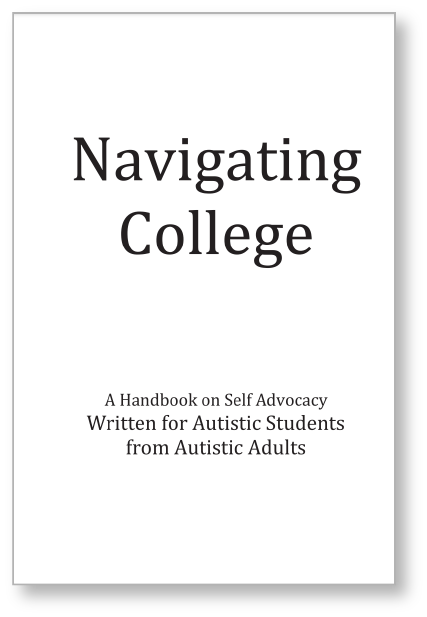Does the youth know their own disability and why they received additional assistance while in high school? Can they explain without assistance from others their educational needs and the accommodations they've used successfully?
While a youth is in high school, many decisions are made by parents, teachers, counselors and other professionals. Having support is also important in postsecondary education and training, but the youth should be the one to determine when assistance is needed, provide the relevant information, and make the final decision. Encourage youth to review their Individualized Education Program (IEP) or 504 Plan and their 3-year re-evaluation or medical documentation with their support team. Support youth in taking a more active role in discussions about their educational goals and choices so they have a better understanding of their disability and educational needs.



